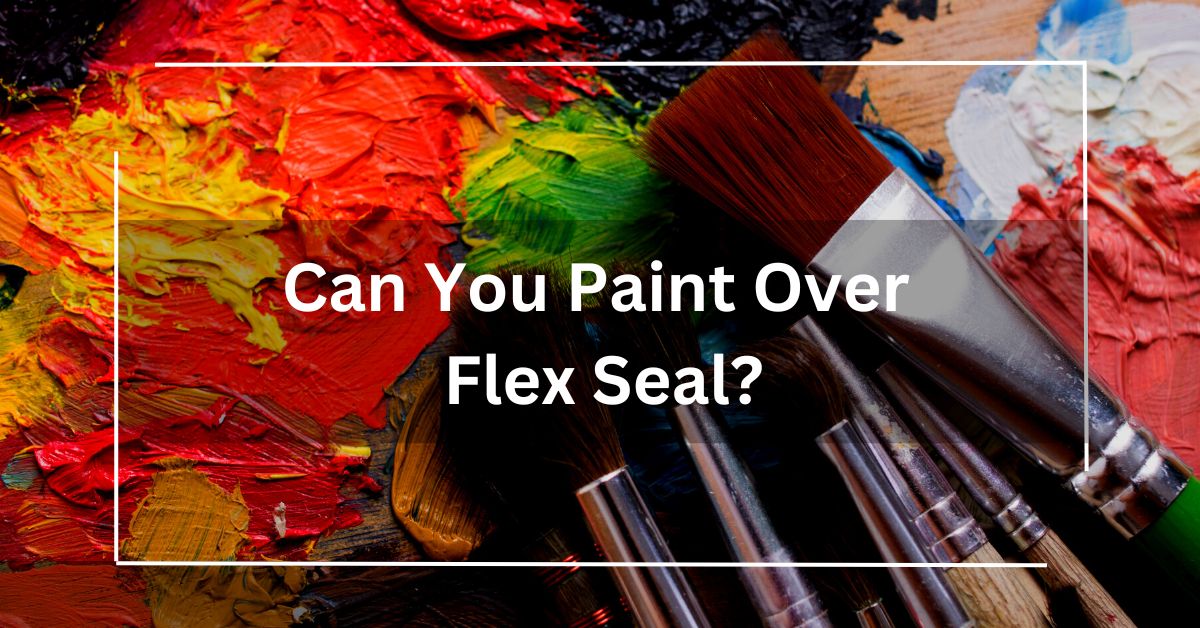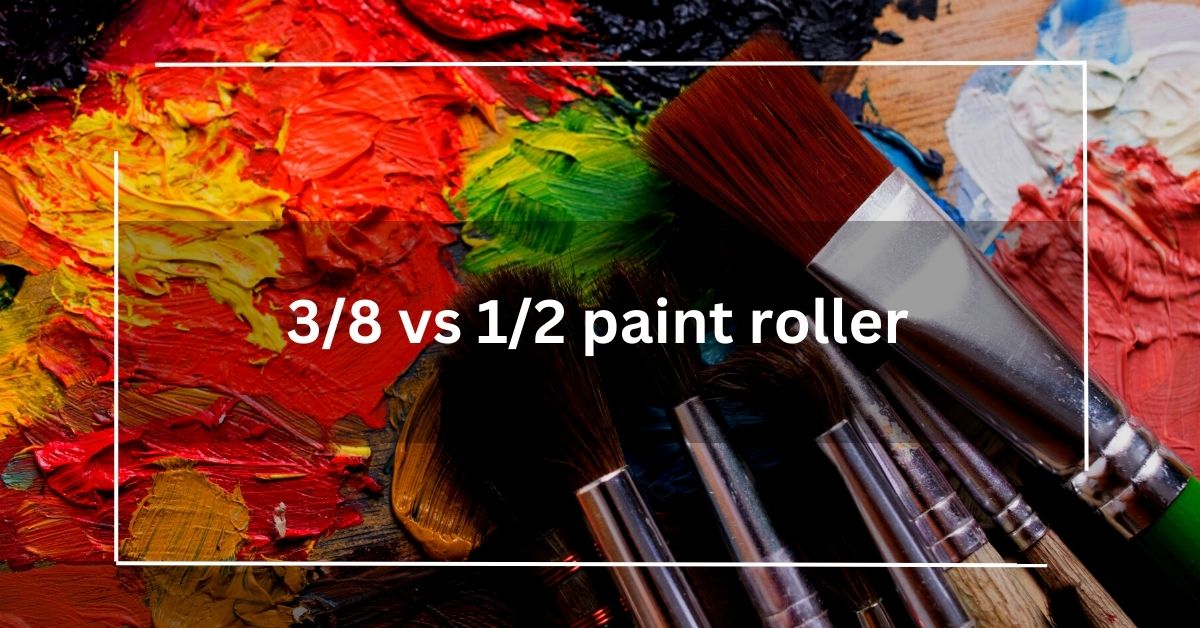Introduction: Why Do We Hate Painting Resin Models?
When it comes to the world of modeling and miniatures, painting resin models is an art form that many enthusiasts find both intriguing and challenging.
Resin models offer intricate details and a realistic finish, but they also come with their fair share of difficulties.
In this article, we will explore the reasons why some people hate painting resin models and provide valuable insights and solutions to help you overcome these challenges.
Whether you’re a beginner or an experienced modeler, this guide will equip you with the knowledge and techniques to tackle resin models with confidence.
What are Resin Models?
Resin models are miniature figurines, scale models, or sculptures made from a type of synthetic resin material. They are often favored by hobbyists and collectors due to their exceptional level of detail and lifelike appearance.
Resin models can depict various subjects such as characters from movies, historical figures, creatures, vehicles, and more. These models serve as a canvas for artists to bring their creative visions to life through the application of paint.
The Allure of Resin Models
Resin models possess a unique charm that sets them apart from other types of models. The intricate details, delicate features, and smooth surfaces make them highly desirable for painters seeking a challenge and an opportunity to showcase their skills.
The level of realism achievable with resin models is truly captivating, making them a favorite among hobbyists and professionals alike.
The Challenges of Painting Resin Models
While painting resin models can be a rewarding experience, it is not without its hurdles. Let’s explore the reasons why some individuals develop a dislike for painting resin models and find effective solutions to overcome these challenges.
Reason 1: Surface Preparation
Subheading: Cleaning and Priming
One of the primary challenges in painting resin models lies in the preparation of the surface. Resin models often require thorough cleaning to remove any mold release agents or residue that may affect paint adhesion. Additionally, priming the surface provides a smooth and uniform base for the paint to adhere to.
Subheading: Dealing with Air Bubbles
Another aspect of surface preparation involves addressing air bubbles that may be present in the resin. These bubbles can create imperfections on the surface, affecting the overall finish of the paint job. Proper techniques, such as using a toothpick to remove bubbles or applying multiple thin layers of primer, can help mitigate this issue.
Reason 2: Complex Details
Subheading: Fine Brushes and Techniques
Resin models are known for their intricate details, which can pose a challenge when it comes to painting. To navigate these details effectively, it’s essential to use fine brushes that allow for precise application of paint. Techniques like dry brushing and washes can also be employed to highlight the intricate features and add depth to the model.
Subheading: Dry Brushing and Washes
Dry brushing involves applying a small amount of paint to a dry brush and lightly brushing it over raised surfaces, capturing the texture and bringing out the details. Washes, on the other hand, involve applying thinned-down paint to recessed areas, creating shadows and enhancing the three-dimensional effect of the model.
Reason 3: Fragility and Assembly
Subheading: Proper Handling and Support
Resin models can be delicate and prone to breakage if mishandled. When painting these models, it is crucial to handle them with care and provide adequate support to avoid any accidental damage. Using tools such as painting handles or removable bases can help maintain stability and protect fragile parts during the painting process.
Subheading: Filling Gaps and Reinforcing
In some cases, resin models may have small gaps or fragile parts that require attention before painting. Using modeling putty or epoxy resin, these gaps can be filled and reinforced, ensuring a seamless and sturdy model ready for painting.
Reason 4: Paint Adhesion and Compatibility
Subheading: Selecting the Right Paint
Resin models require paints that adhere well to the surface and offer compatibility with the resin material. Acrylic paints, particularly those formulated for miniatures and models, are a popular choice due to their versatility and wide range of colors. It’s essential to select paints specifically designed for resin models to achieve optimal adhesion and durability.
Subheading: Surface Preparation for Better Adhesion
Properly preparing the resin surface before painting is crucial for achieving good paint adhesion. Thoroughly cleaning the model, removing any release agents, and lightly sanding the surface can create a suitable foundation for the paint to bond with. Applying a primer designed for resin models further enhances adhesion and improves the longevity of the paint job.
Reason 5: Time and Patience
Subheading: Breaking Down the Process
Painting resin models is a time-consuming endeavor that demands patience and dedication. The intricate details, multiple layers of paint, and drying times require a methodical approach. Breaking down the painting process into manageable steps and setting realistic goals can help mitigate the frustration that can arise from the time-intensive nature of painting resin models.
Subheading: Setting Realistic Expectations
It’s important to set realistic expectations when painting resin models. Achieving a flawless paint job from the start may be challenging, especially for beginners. Embracing the learning process, celebrating progress, and accepting that each model is an opportunity to improve will alleviate the pressure and allow for a more enjoyable painting experience.
Overcoming the Hate: Tips and Techniques
In this section, we will explore some valuable tips and techniques to help you overcome the challenges associated with painting resin models:
- Prepare the surface: Clean the model thoroughly and use a suitable primer for resin models.
- Use the right tools: Invest in fine brushes, toothpicks for bubble removal, and modeling putty for gap filling.
- Practice dry brushing and washes: These techniques enhance details and add depth to the model.
- Handle with care: Be gentle when handling resin models and use supports or bases to prevent damage.
- Select appropriate paints: Acrylic paints formulated for miniatures and models are ideal for resin models.
- Follow proper drying times: Allow each layer of paint to dry before applying the next to avoid smudging or ruining the finish.
- Embrace the learning process: Be patient, set realistic expectations, and view each model as an opportunity to improve.
By incorporating these tips and techniques into your painting process, you’ll find yourself more confident and capable of tackling the challenges that come with painting resin models.
Conclusion
While painting resin models may seem daunting at first, understanding the reasons behind the difficulties and employing the right techniques can turn this seemingly hated task into a rewarding artistic endeavor. Remember to take your time, embrace the learning process, and enjoy the journey of bringing resin models to life through the art of painting.
Frequently Asked Questions
Why do resin models require surface preparation before painting?
Surface preparation ensures proper paint adhesion and a smooth finish. Cleaning and priming the model create an ideal surface for paint application.
What types of paints are suitable for painting resin models?
Acrylic paints formulated for miniatures and models are commonly used for painting resin models due to their excellent adhesion and wide color range.
How can I handle fragile resin models without causing damage?
Handle resin models with care, use supports or bases for stability, and avoid applying excessive pressure to delicate parts.
Are there any techniques to enhance the intricate details of resin models?
Dry brushing and washes are effective techniques for highlighting details and adding depth to resin models.
How long does it take to paint a resin model?
The time required to paint a resin model varies depending on its complexity and the desired level of detail. It is a time-intensive process that requires patience and dedication.



